El Ascenso de DeepSeek R1: Una Nueva Era en la IA
El reciente lanzamiento de DeepSeek R1 ha causado conmoción en la comunidad de la IA, y muchos lo aclaman como un cambio de juego. Pero, ¿qué significa esta nueva tecnología para el futuro de la IA y cómo se compara con los modelos existentes?
Introducción a DeepSeek R1
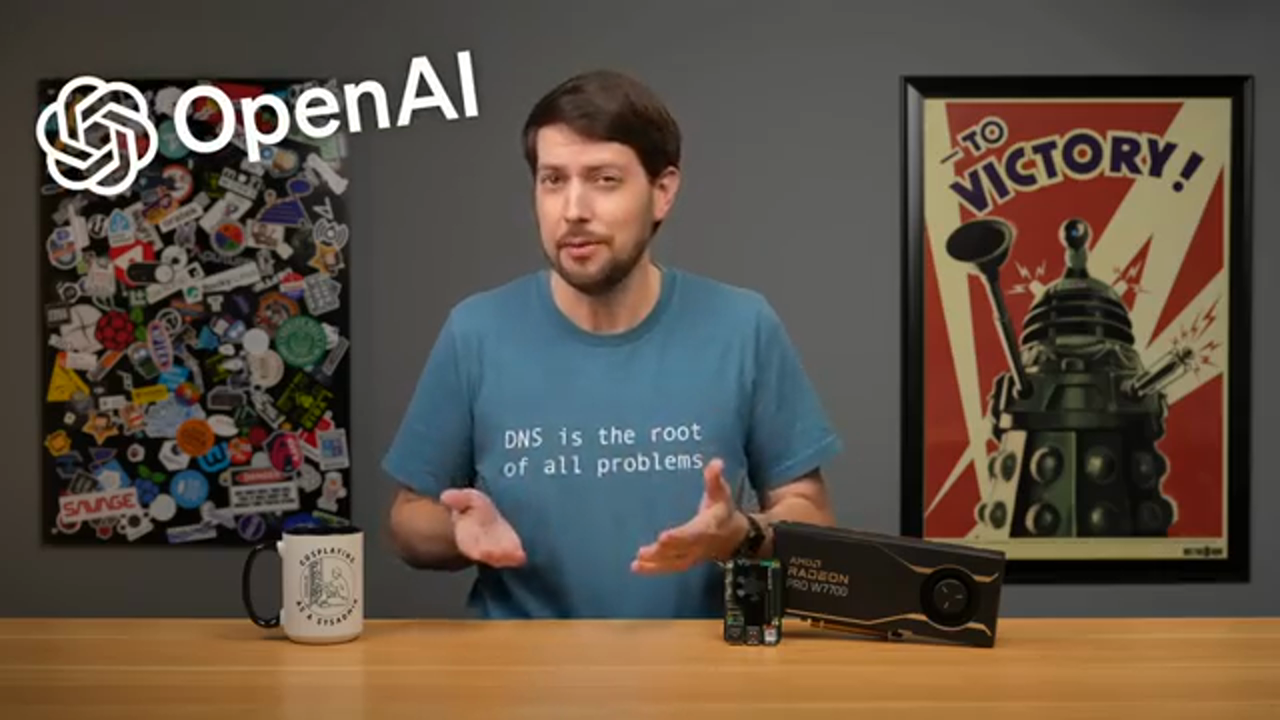 Introducción a DeepSeek R1, una nueva startup de IA que ha creado un nuevo modelo de pesos abiertos llamado R1
Introducción a DeepSeek R1, una nueva startup de IA que ha creado un nuevo modelo de pesos abiertos llamado R1
DeepSeek R1 es una nueva startup de IA que ha creado un nuevo modelo de pesos abiertos llamado R1, que supuestamente supera a los mejores modelos de Open AI en la mayoría de las métricas. Este logro es aún más impresionante si se tiene en cuenta que DeepSeek R1 pudo lograr esta hazaña con un presupuesto relativamente bajo de $6 millones, utilizando GPUs que se ejecutan a la mitad del ancho de banda de la memoria de Pony Stark de Open AI.
La Importancia de DeepSeek R1
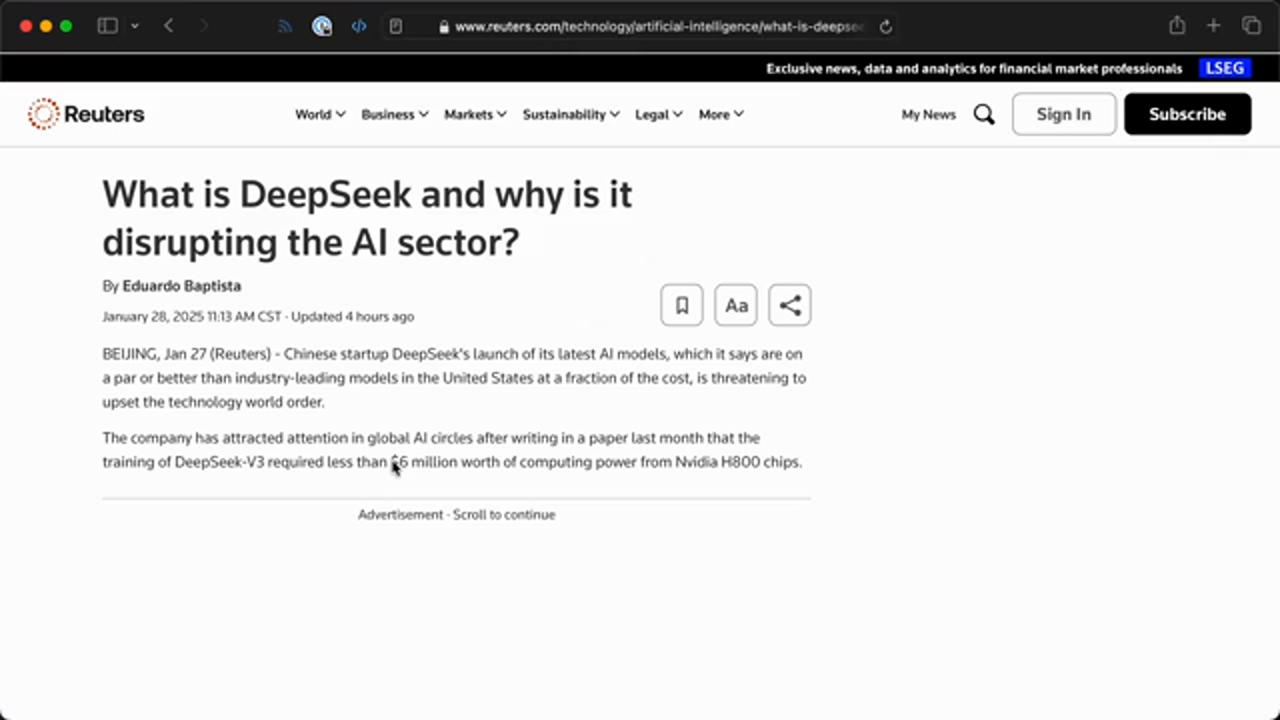 La importancia de DeepSeek R1, que puede destilar otros modelos para hacer que funcionen mejor en hardware más lento
La importancia de DeepSeek R1, que puede destilar otros modelos para hacer que funcionen mejor en hardware más lento
La importancia de DeepSeek R1 radica en su capacidad para destilar otros modelos, haciendo que funcionen mejor en hardware más lento. Esto significa que incluso una Raspberry Pi puede ejecutar uno de los mejores modelos locales de Quen AI, lo cual es un logro significativo. Sin embargo, es esencial tener en cuenta que la Raspberry Pi puede ejecutar técnicamente DeepSeek R1, pero no es lo mismo que ejecutar el modelo completo 671b, que requiere una enorme cantidad de computación de GPU.
Ejecutando DeepSeek R1 en Raspberry Pi
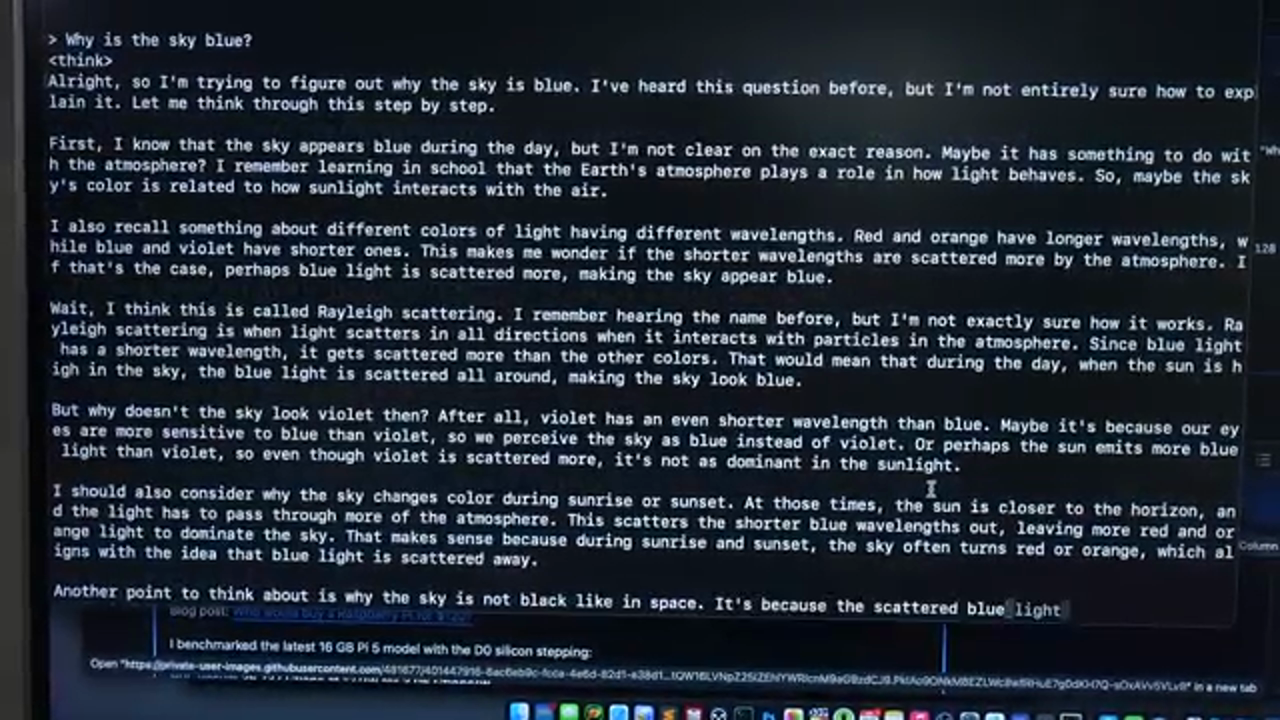 Ejecutando DeepSeek R1 en Raspberry Pi, que puede ejecutar el modelo 14b pero no el modelo completo 671b
Ejecutando DeepSeek R1 en Raspberry Pi, que puede ejecutar el modelo 14b pero no el modelo completo 671b
Ejecutar DeepSeek R1 en una Raspberry Pi es posible, pero es esencial comprender las limitaciones. El modelo 14b se puede ejecutar en la Raspberry Pi, pero no va a ganar ningún récord de velocidad. Probando algunos prompts diferentes, la Raspberry Pi puede alcanzar alrededor de 1.2 tokens por segundo, lo cual es suficiente para tareas simples como la depuración de pato de goma o la generación de ideas para títulos de YouTube.
La Importancia de las GPUs
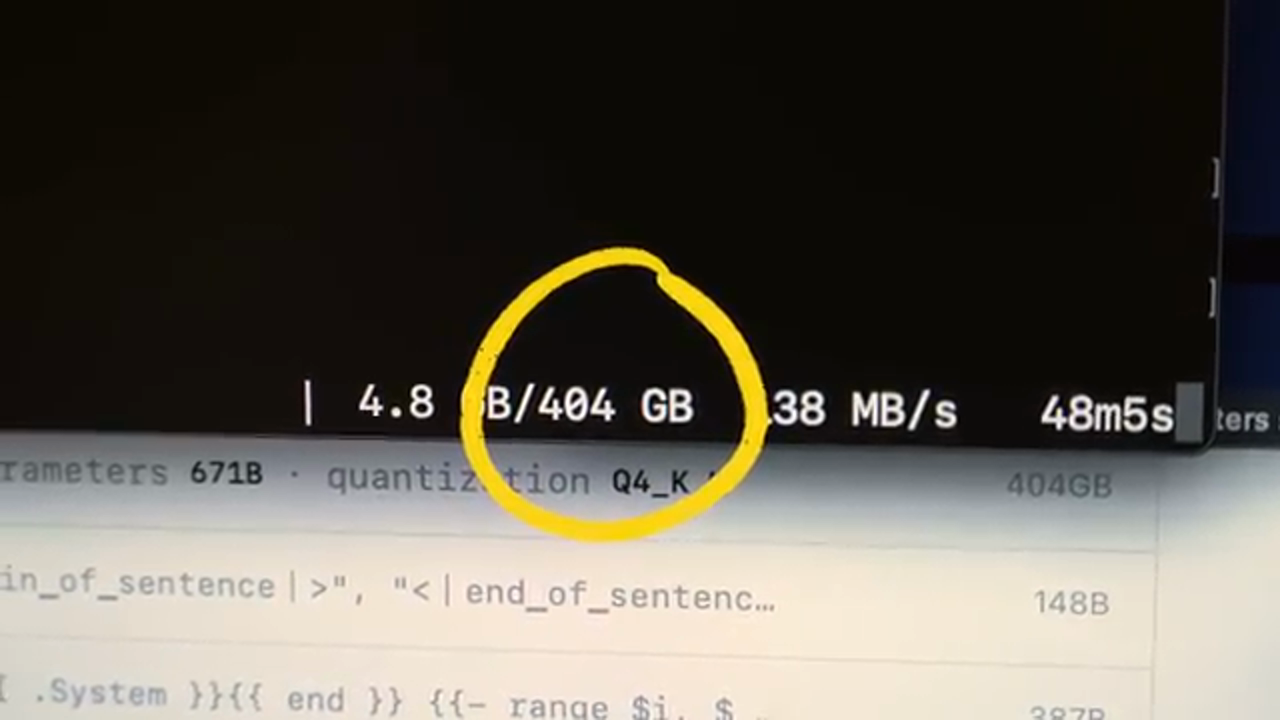 La importancia de las GPUs en la ejecución de DeepSeek R1, que puede mejorar significativamente el rendimiento
La importancia de las GPUs en la ejecución de DeepSeek R1, que puede mejorar significativamente el rendimiento
Las GPUs juegan un papel crucial en la ejecución de DeepSeek R1, ya que pueden mejorar significativamente el rendimiento. Con una tarjeta gráfica externa, la Raspberry Pi puede alcanzar velocidades mucho más rápidas, alrededor de 20-50 tokens por segundo, dependiendo del tipo de trabajo que se esté realizando. Esto se debe a que las GPUs y su VRAM son mucho más rápidas que las CPUs y la RAM del sistema.
Ejecutando DeepSeek R1 en Otro Hardware
 Ejecutando DeepSeek R1 en otro hardware, como un servidor de 192 núcleos, que puede alcanzar alrededor de 4 tokens por segundo
Ejecutando DeepSeek R1 en otro hardware, como un servidor de 192 núcleos, que puede alcanzar alrededor de 4 tokens por segundo
DeepSeek R1 también se puede ejecutar en otro hardware, como un servidor de 192 núcleos, que puede alcanzar alrededor de 4 tokens por segundo. Este servidor es más asequible que una configuración de GPU de alta gama y consume sólo alrededor de 800 vatios de potencia, lo que lo convierte en una opción más accesible para aquellos interesados en ejecutar DeepSeek R1.
El Futuro de la IA y las GPUs
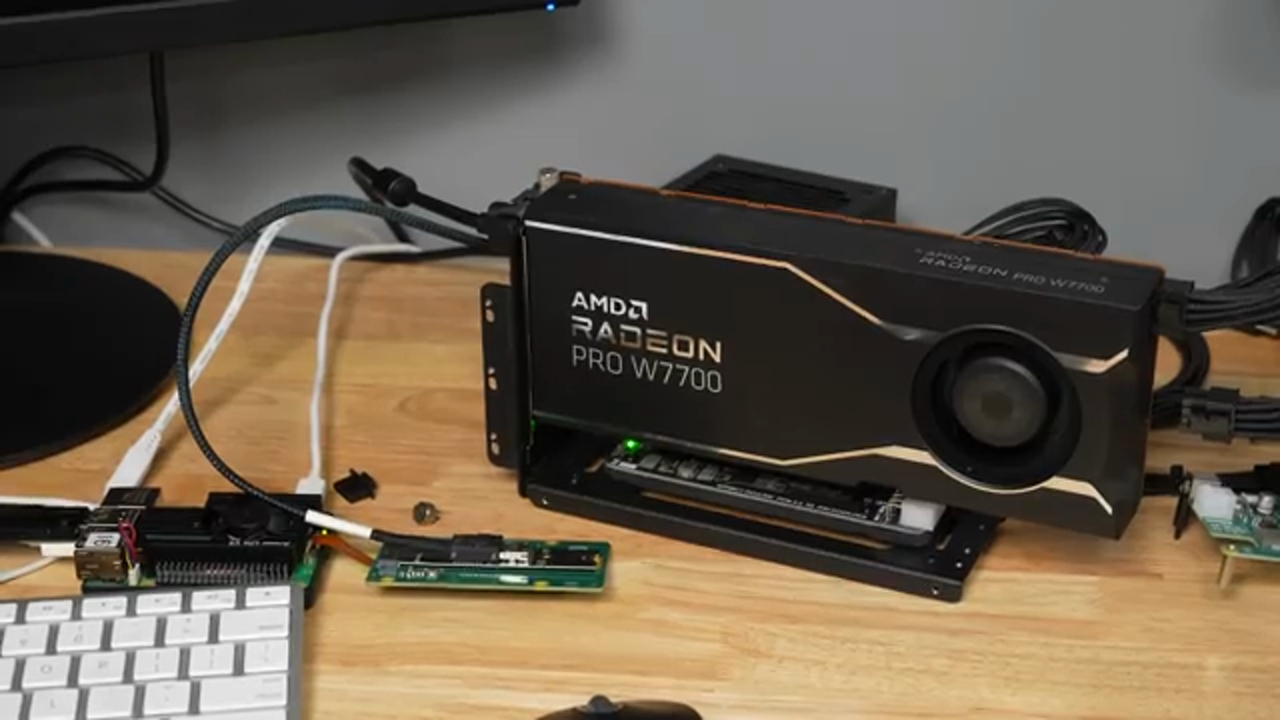 El futuro de la IA y las GPUs, con las GPUs AMD funcionando muy bien, los controladores de código abierto de Intel funcionando algo, y Nvidia potencialmente uniéndose a la refriega
El futuro de la IA y las GPUs, con las GPUs AMD funcionando muy bien, los controladores de código abierto de Intel funcionando algo, y Nvidia potencialmente uniéndose a la refriega
El futuro de la IA y las GPUs parece prometedor, con las GPUs AMD funcionando muy bien, los controladores de código abierto de Intel funcionando algo, y Nvidia potencialmente uniéndose a la refriega. Esto significa que habrá más opciones disponibles para aquellos interesados en ejecutar modelos de IA en su hardware, y podemos esperar ver mejoras significativas en el rendimiento y la accesibilidad.
La Burbuja de la IA
 La burbuja de la IA, con Nvidia perdiendo más de medio billón de dólares en valor en un día, pero aún teniendo un precio de las acciones ocho veces mayor que en 2023
La burbuja de la IA, con Nvidia perdiendo más de medio billón de dólares en valor en un día, pero aún teniendo un precio de las acciones ocho veces mayor que en 2023
La burbuja de la IA sigue muy viva, con Nvidia perdiendo más de medio billón de dólares en valor en un día después del lanzamiento de DeepSeek R1. Sin embargo, el precio de sus acciones sigue siendo ocho veces mayor que en 2023, lo que indica que el bombo publicitario que rodea a la IA sigue muy presente. A pesar de esto, hay algunas conclusiones positivas, como la constatación de que no necesitamos dedicar enormes cantidades de recursos energéticos para entrenar y ejecutar modelos de IA.
Conclusión
El auge de DeepSeek R1 marca una nueva era en la IA, con importantes implicaciones para el futuro de la tecnología. Si bien todavía hay muchos desafíos que superar, el potencial de la IA para mejorar y volverse más accesible es enorme. A medida que avancemos, será esencial separar el bombo publicitario de la realidad y centrarnos en el desarrollo de modelos de IA que sean prácticos, eficientes y accesibles para todos.
